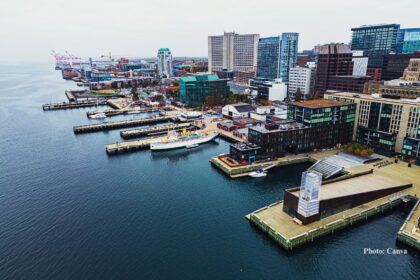Introduction
Each spring, the arid landscape of Namaqua in South Africa transforms into a vibrant tapestry of wildflowers, drawing visitors from around the globe. This guide will help you make the most of your visit to this floral wonderland, known for its unparalleled beauty and biodiversity.
When to Visit
Best Time:
- August to September: The wildflower season typically peaks between mid-August and mid-September. However, the exact timing can vary based on rainfall and weather conditions.
Planning Your Visit:
– Monitor Reports: Check flower season updates from local tourism boards and parks for the most accurate information.
– Flexible Travel Dates: Plan your trip flexibly to catch the bloom at its peak.
READ ALSO: The 5 Most Affordable African Cities for Expats on a Budget
Where to Go
Namaqua National Park:
– Main Attraction: The park is the heart of the wildflower region, offering spectacular displays of daisies, lilies, and other native flowers.
-Skilpad Wildflower Reserve: A popular area within the park known for its dense flower carpets.
Surrounding Areas:
– Kamieskroon: A small town serving as a gateway to Namaqua National Park, with several nearby flower viewing spots.
– Nieuwoudtville: Known as the “Bulb Capital of the World,” this area offers diverse flower species, including rare bulbs and succulents.
– Goegap Nature Reserve: Located near Springbok, this reserve boasts diverse flora and stunning landscapes.
What to See
Floral Diversity:
– Daisy Fields: The most iconic sight, with vast expanses of orange and white daisies.
– Succulents and Bulbs: Look for a variety of unique succulent species and flowering bulbs.
– Rare Species: Keep an eye out for rare and endemic species, such as the Namaqua daisy and the Halfmens.
Wildlife:
– Insects and Birds: The blooming season attracts a plethora of pollinators, including bees and butterflies, as well as numerous bird species.
– Mammals: While less common, you might spot antelope and other wildlife in the park.
READ ALSO: 5 Reasons to Discover Durban, South Africa
How to Get There
By Car:
- From Cape Town: Namaqua National Park is approximately a 5-6 hour drive from Cape Town. The route offers scenic views and the opportunity to explore other small towns along the way.
Public Transport:
- Limited Options: Public transport to Namaqua is limited. Renting a car or joining a guided tour is recommended for convenience and flexibility.
Accommodation
Inside Namaqua National Park:
– Camping: Basic campsites are available for those wanting to stay within the park.
– Eco-Huts: The park offers eco-friendly huts for a more comfortable stay.
Nearby Towns:
– Kamieskroon: Offers several guesthouses and lodges.
– Springbok: A larger town with a range of accommodation options, from budget to mid-range hotels.
Tips for Visiting
Preparation:
– Book Early: Accommodation fills up quickly during peak flower season, so book well in advance.
– Pack Essentials: Bring sunscreen, hats, water, and snacks. The sun can be intense, and amenities within the park are limited.
Photography:
– Golden Hour: Early morning and late afternoon offer the best light for capturing the flowers.
– Macro Lens: Consider bringing a macro lens for close-up shots of individual flowers.
Respect Nature:
– Stay on Paths: Avoid trampling the flowers by sticking to designated paths.
– Leave No Trace: Take all your litter with you and respect the natural environment.
Conclusion
Visiting the wildflowers of Namaqua is a once-in-a-lifetime experience, showcasing the incredible beauty and diversity of South Africa’s flora. With proper planning and respect for the natural environment, your trip to Namaqua will be both memorable and breathtaking. Whether you are a nature enthusiast, a photographer, or simply looking to experience something extraordinary, the wildflower season in Namaqua is not to be missed.
In another related article, 5 Experiences in South Africa You don’t want to Miss






